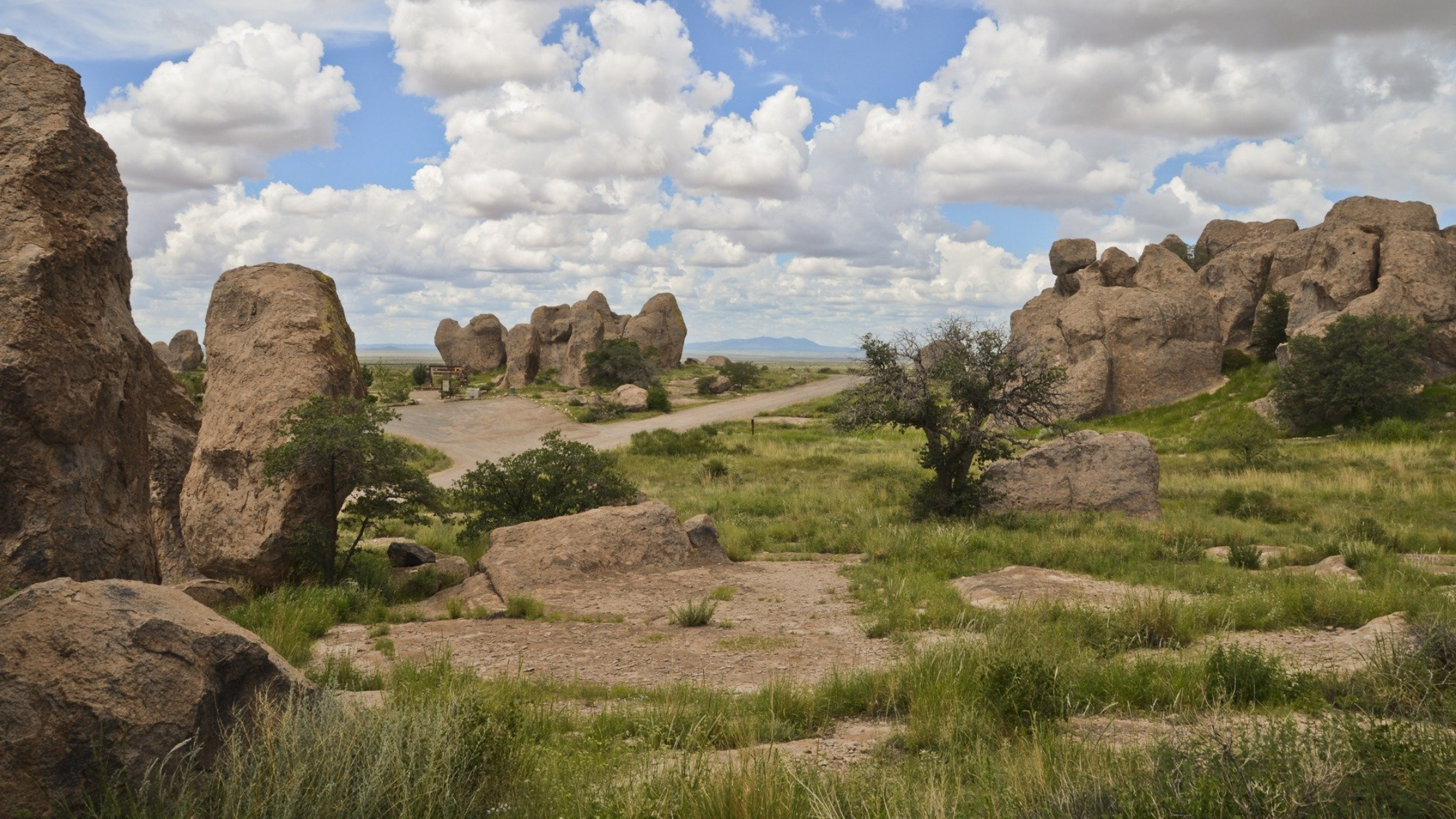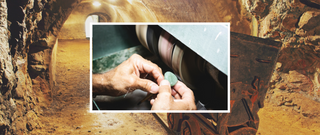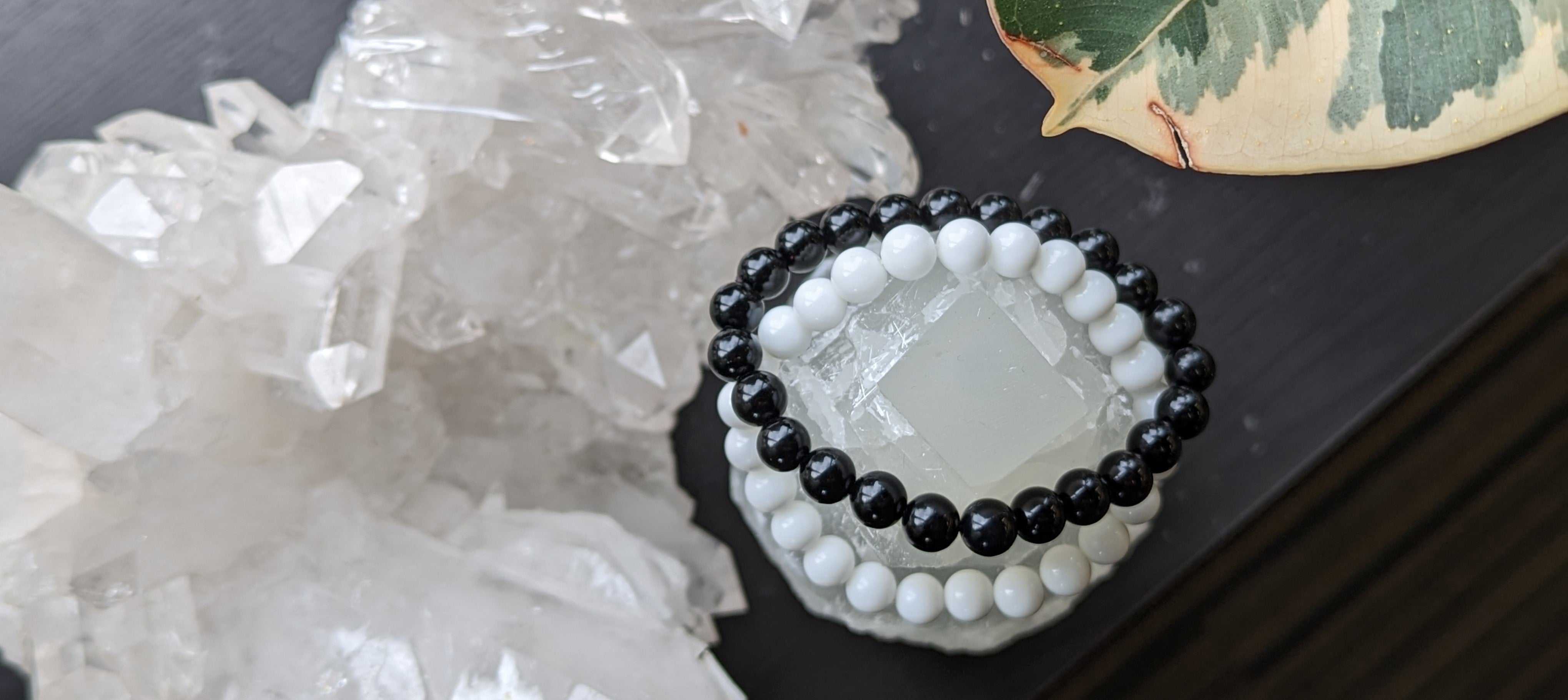Have you always wanted to try rockhounding but you're not sure where to start? Then this article will arm you with the basic knowledge you need to get started with the activity.
From the definition, equipment you need, and down to the safety rules you need to observe, the information here will cover all the bases.
What Is Rockhounding?
Rockhounding is the act of exploring nature to look for and collect rocks, crystals, minerals, gemstones, and/or fossils. Some would call it rock and mineral collecting or geology for amateurs.
But labels and semantics aside, it's considered an enjoyable hobby for those who are fond of geology, hunting, the outdoors, or all these combined.
Someone who hunts for rocks and minerals out of a hobby and therefore has a growing collection of them is called a rockhound. During the trip, rockhounds perform any of the following activities:
- Collect rocks, minerals, gemstones, and/or fossils
- Collect specimens of a certain mineral
- Gather specimens of certain rock types
- Select and gather natural stones

Rockhounding was very popular years before the media and internet age. Dating back to the 1930s, Native Americans and other amateur geologists would go to the mountains and deserts and collect, carve, and polish stones like agate, jasper, and petrified wood.
The Great Depression was also a factor that resulted in the popularity of rockhounding. Unemployment led people to exploring canyons, quarries, and fields to dig up for gems or whatever valuable items they could sell for an extra dollar. These rockhounds then set up rock shops along desert highways to sell their finds to tourists or vacationers.
Today, people get into rockhounding for a myriad of reasons. Some consider it as a fun way to learn more about a place's history and geology. Jewellers do it to look for unique items to add to put in their pieces.
Others (like hikers) simply enjoy the immersive experience and how it acquaints them more with nature. It's a hobby enjoyed by many people of all ages.
In Canada, rockhounding is celebrated annually in Bancroft, Ontario. Every August, thousands of rockhounds, geologists, and enthusiasts flock to Bancroft (Canada's mineral capital) for the Rockhound Gemboree.
What Are the Benefits of Rockhounding?
Rockhounding can be done anywhere where there are fascinating and valuable minerals. As an exploratory activity, the advantages of rockhounding are as follows:
- It offers a deeper insight into the history of the earth
- It helps rockhounds obtain different species of rocks and minerals that pique the interest and curiosity of the rockhounding community
- It's a way to determine and study crystal and mineral formations which could generate new information and inspire new studies
As a pastime, the perks of rockhounding include:
- No training required - You don't need to have prior knowledge or experience to be a rockhound. Just go outside, pick up your tools, and start digging!
- You don't need to go far - Rockhounding can happen outside your door or the road just beside your house. You'll be surprised how many specimens you'll be able to see.
- Unhurried time with nature - Not only will you have an encounter with earth's treasures but you'll get some fresh air and see greenery too, which is good for your wellbeing.
How Do I Get Started with Rockhounding?
Here are some tips as you prepare for your first rockhounding activity:
1. Know your area.

Do a little research on your area first to know what rocks and minerals are available. For this purpose, Google is your best friend. Simply type rockhounding and your specific location (city or state) to pull up results.
This query usually gives you information about the top rockhounding spots in the area and what minerals are present there.
You can also visit the official website and social media pages of your state's rocks, minerals, and gemstones agency.
While sifting through the results, you'll want to pay attention to the following sites where rockhounding can happen:
- Public lands where you can gather specimens
- Private land that can only be accessed with the owner's permission
- Paid mines and dig sites which can show beginners where to find good rocks
The website Bancroft Ontario lists down some exciting places to explore for mineral collectors. Feel free to check them out for more information.
2. Decide on what you want to collect.
Are you interested in colourful stones, unique minerals, or fossils? Before heading out, study the specimens you want to collect and know where they are found. Here's a list of popular rocks and minerals to get you started. Click on each item to read their history, properties, gemological info, and other details.
3. Have a plan on how to retrieve your desired specimens.

Once you've identified what you want to collect, do some research on how to find and retrieve the rock, mineral, gemstone, or fossil you're eyeing.
These treasures don't just lay on the ground in plain view. Many of them require a little bit of skill and effort to obtain, so it's important that you're equipped with this knowledge before visiting your target location.
Watch video tutorials, read books or blogs, or interview an experienced rockhound. Do everything to expand your knowledge before hitting the outdoors.
Most importantly, know your way around the collection site. Get specific directions so you'd know where to go exactly once there.
4. Prepare your safety equipment and rockhounding tools.

Rockhounding can be a hazardous hobby as it is done in remote locations and uses a handful of tools. So make your safety your number one priority.
Familiarize yourself with any hazards associated with the area you're planning to visit. Make sure to pack the following safety gears:
- Safety goggles - For protection from dust and rock chips or splinters
- Hard hat - Necessary if you're going rockhounding in a cave or under cliffs
- A clean pair of heavy duty gloves - For protection from cuts and scrapes
- Proper footwear - Boots with ankle support if you're going to a rocky terrain or waterproof boots if you're going to be in the water
- First aid kit
Ready the following tools for collecting specimens:
- Hand tools like sieve/colander, a trowel, small knife, or small picks - For doing precise work
- Rock hammer or rock pick - For prying or chipping away at rocks
- Chisel
- Pry bar - For moving large rocks
- Shovel - In case you need to clear out surface material to retrieve a specimen
- Sledgehammer or mason's hammer - For breaking big rocks
For more information, check out this blog on must-have tools for a safe and productive rockhounding
5. Connect with a local rock/mineral club.

Joining one is a great way to get firsthand rockhounding information and to be acquainted with the local rockhounding scene in your area. Also, it's an avenue for you to meet other people who share your interest.
Be plugged into a rockhounding club to be included in organized trips, or meet someone who can tag you along in one of their rockhounding trips. Use these experiences to learn some tips, strategies, and how to use rockhounding equipment.
Sources:
Bancroft's Rockhound Gemboree. (n.d.). Bancroft Ontario. Accessed at https://www.bancroftontario.com/rockhound-gemboree/
How to Start Rockhounding: The Ultimate Beginner's Guide. (n.d.). How to Find Rocks. Accessed at https://howtofindrocks.com/how-to-start-rockhounding/#15-finding-specimens
Mineral Collecting. (n.d.). Bancroft Ontario. Accessed at https://www.bancroftontario.com/rock-collecting-sites/
Ritika. (2016, March 8). What Is Rockhounding? JewelInfo4U. Accessed at https://www.jewelinfo4u.com/what-is-rockhounding
Rockhounding. (n.d.). Encyclopedia.com. Accessed at https://www.encyclopedia.com/humanities/encyclopedias-almanacs-transcripts-and-maps/rockhounding
The Rockhounding Guide for Beginners. (n.d.). Rock and Mineral Planet. Accessed at https://rockandmineralplanet.com/all-about-rockhounding-what-is-rockhounding/
What Is Rockhounding: An Intro To My Favorite Hobby (Rock Hunting). (n.d.). Rock Seeker. Accessed at https://www.rockseeker.com/rockhound/





